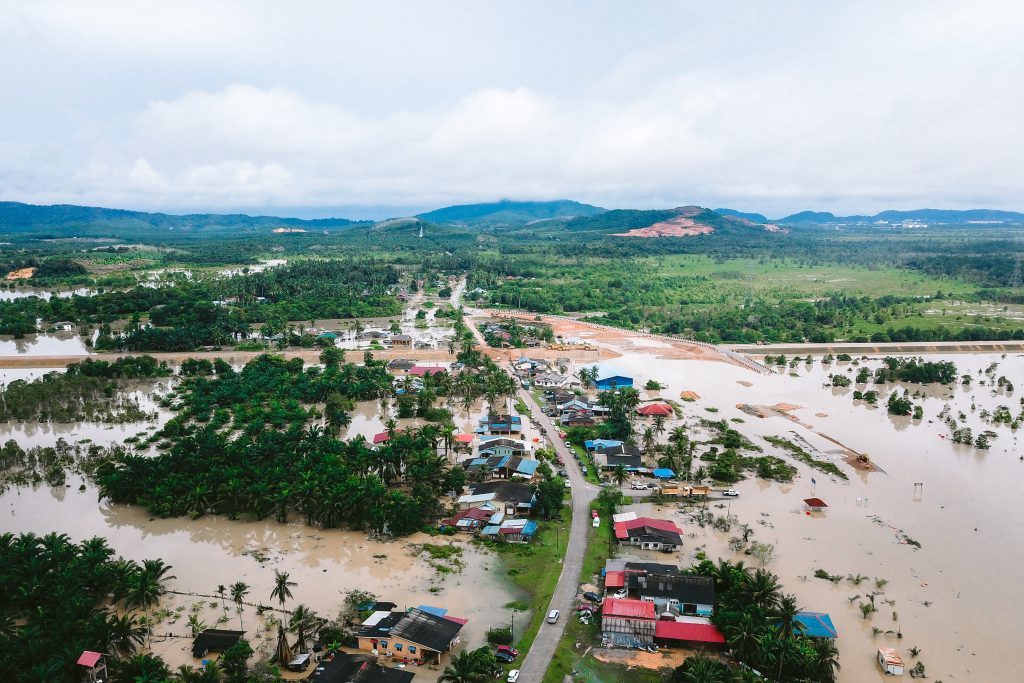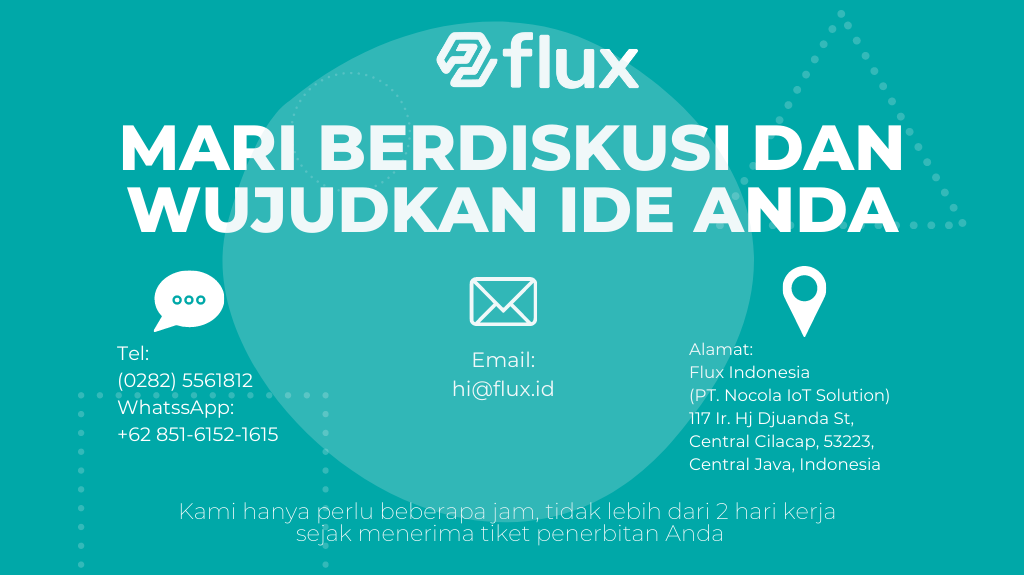Don't miss our holiday offer - 20% OFF!

Read also : Unlocking Efficiency: Current Sensors for Motor Health Monitoring
Flood-prone regions encompass locales frequently exposed to the peril of flood disasters, stemming from intense rainfall, overflowing rivers, or compromised drainage systems. In the pursuit of minimizing the detrimental consequences of such calamities, cutting-edge technology is progressively embraced to bolster mitigation and monitoring mechanisms. A solution that has garnered noteworthy focus involves employing Internet of Things (IoT) sensors in flood monitoring systems.
Contents
Flood Challenges and IoT Technology

Read also : IoT Sensors in Asset Management: Opportunities and Challenges
Flood disasters have destructive consequences, impacting economies, environments, and societies. Flood-prone areas require effective monitoring systems to anticipate and respond to potential flood disasters. This is where IoT technology plays a pivotal role as an innovative solution.
IoT sensors are compact devices capable of gathering data from their surroundings and transmitting it over the internet. These sensors can be strategically placed in various locations such as rivers, drainage channels, or other flood-prone areas. Data collected by these sensors includes water level, rainfall, temperature, and other relevant factors associated with flood potential.
Case Study: Implementation of IoT Sensors

Read also : Automated Parking Concept: Smart Solution for Availability
The city of Smartville stands as a successful model for implementing IoT technology in flood monitoring systems. Situated within a flood-prone region, this city grapples with pressing issues stemming from inadequate drainage conditions and elevated levels of rainfall. In response to this challenge, the local government partnered with technology firms to craft an IoT-based flood monitoring system.
In this endeavor, project teams strategically positioned IoT sensors along significant rivers susceptible to overflow. These sensors diligently track water levels in real time, transmitting data to a central control hub. Proficient analysts closely examine the gathered data to predict potential floods, and, when necessary, promptly dispatch crucial alerts to residents via text messages or mobile applications.
Benefits of IoT Technology Implementation

Read also Automated Parking Concept: Smart Solution for Availability
The incorporation of IoT sensors in flood monitoring systems offers several significant advantages:
- Early Warnings: IoT sensors provide early warnings regarding rising water levels. This allows residents and authorities to take preventive measures and evacuate promptly.
- Accurate Data Collection: IoT sensors gather data consistently and accurately. This data enables understanding of flood patterns, identification of vulnerable areas, and formulation of mitigation actions.
- Resource Optimization: With accurate information, authorities can allocate resources more efficiently, including evacuation and emergency response efforts.
- Reporting and Transparency: Data collected from IoT sensors serves as the basis for reporting and decision-making. This transparency enables residents to better visualize and understand flood situations.
Challenges and the Future

Read also : Security and Privacy in Connected Parking Systems: Challenges and Solutions
Amidst the recognized potential of IoT technology integration in flood monitoring, a series of challenges demand thoughtful consideration and eventual resolution. These challenges encompass a spectrum of aspects, including network vulnerabilities, data privacy concerns, and the financial considerations tied to implementation costs. Nonetheless, as technology continues its ongoing evolution, a progression towards increasingly intricate and economically feasible solutions is expected to be facilitated.
Over the long term, the integration of IoT technology to secure flood-prone areas is poised to become an indispensable component of comprehensive disaster mitigation efforts. Collaboration among governments, technology companies, and communities will play a vital role in developing effective and sustainable solutions.
Conclusion

Read also : Security and Preparedness Enhanced by Smart EWS Technology
IoT technology brings about substantial changes in how we address flood threats in vulnerable areas. The implementation of IoT sensors in flood monitoring systems provides early warnings, accurate data, and transparent reporting, ultimately reducing the adverse impacts of flood disasters. By continuously advancing this technological solution, we can create safer and more resilient environments against flood threats in the years to come.





